During the four-year Large Hadron Collider experiment, scientists hope to find evidence of dark matter. And they can even provide scientists with a direct and fully observable view of that very elusive God Particle. In 1962, physicist Philip Anderson, an expert in condensed matter physics, observed that the breakdown of symmetry played a role in superconductivity and suggested that it could also be part of the answer to the problem of caliber invariance in particle physics. And the Lord sighed and said: Go, let's go down and give them the particle of God there so that they can see how beautiful the universe I created is.
The data collection and energy improvements made to the particle grinder, called the Large Hadron Collider, could offer researchers one of their best opportunities to visualize and understand the substance. Particle physicists study matter made up of fundamental particles whose interactions are mediated by exchange particles (caliber bosons) that act as carriers of force. If CERN scientists don't discover dark matter in the next four years, they have more improvements underway. Second, the particle should show signs of existing for a long time and not decay immediately, since dark matter, in theory, should be able to last for billions of years.
All the stars, planets and galaxies in the universe represent only 5% of the matter in the universe, according to CERN scientists. Specifically, he suggested that the Goldstone bosons that would result from the breakdown of symmetry could, under some circumstances, be absorbed by the massless W and Z bosons. Approximately 27% of the universe is thought to be made up of dark matter, which does not absorb, reflect or emit light, making it extremely difficult to detect. Ruderman, from New York University, said that CERN's quest to learn about dark matter and explain the origins of the universe makes him wait impatiently for the results of the experiment.
And while the name of the divine particle may ring a bell to many, it is still not as well-known as the enormous device used to finally demonstrate its existence: the Large Hadron Collider. After turning on the LHC and smashing protons and observing what was happening, the scientists were practically certain that they had conclusively observed the so-called God Particle, even though they hadn't seen it. First, the publisher did not allow us to call it the Damned Particle, although that might be a more appropriate title, given its evil nature and the expenses it is causing.
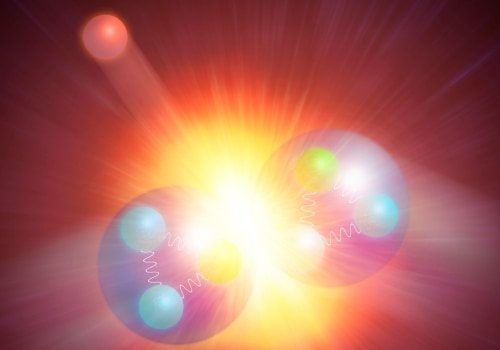
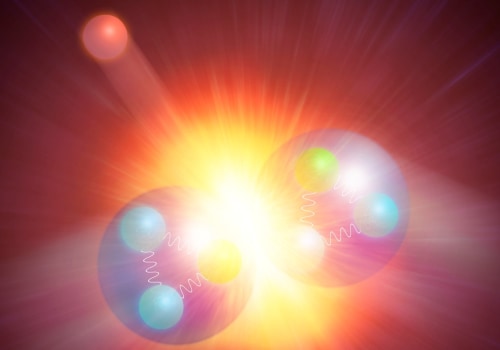
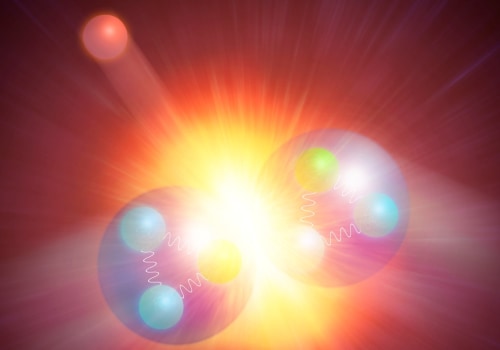
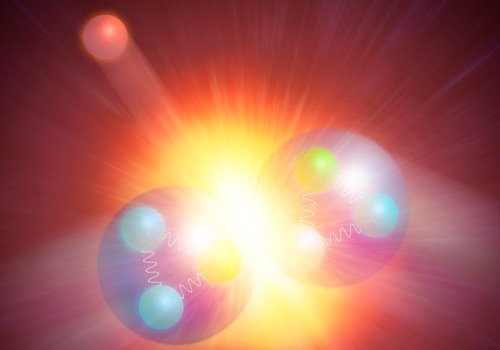
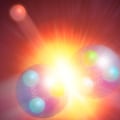
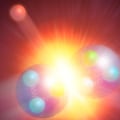
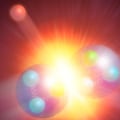

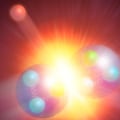
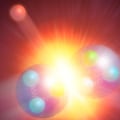
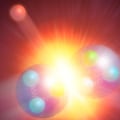
Leave Reply